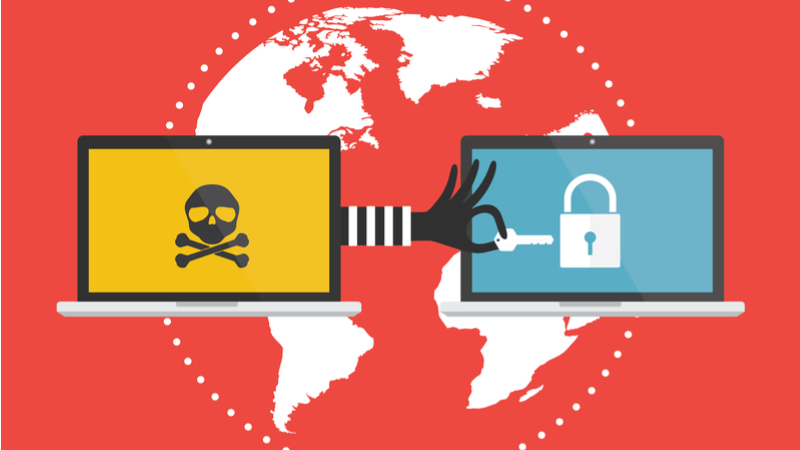
As cybercrime continues to grow across the United States, Federal agencies need to step up and develop streamlined metrics that can help better categorize and deter these crimes, according to a recent Government Accountability Office (GAO) report.
“Congress and researchers have found that the United States lacks comprehensive cybercrime data and monitoring, leaving the country less prepared to combat the cybercrime threatening national and economic security,” GAO said.
The report – published on June 20 – finds that across the Federal landscape agencies vary on how they report and collect data on these crimes, which can in turn make it more difficult to combat perpetrators.
“Limitations included variations in how systems classify and track cybercrime and the absence of a central mechanism that collects data on cybercrime. These are partly due to the lack of an official or commonly agreed-on definition of cybercrime,” GAO said.
At the root of the problem, GAO said, is that many law enforcement agencies are involved in the fight against cybercrime, and may pursue different priorities as part of their missions. “Multiple federal agencies have responsibilities to protect against, detect, investigate, and prosecute cybercrime,” GAO said.
The report finds that eight of 12 government departments were having “difficulty in measuring cybercrimes,” followed by seven government departments that “lack of a shared definition” of cybercrime. Other findings include six departments facing challenges in “distinguishing cybercrimes and cyber-enabled crime,” and four departments having difficulty in coordinating among law enforcement to deter cybercrimes.
GAO created the report based on a provision of the Better Cybercrime Metrics Act of 2022, which directed the watchdog to look into how government agencies are working to stop cybercrimes, and to better understand how they are collecting data on cybercrimes.
